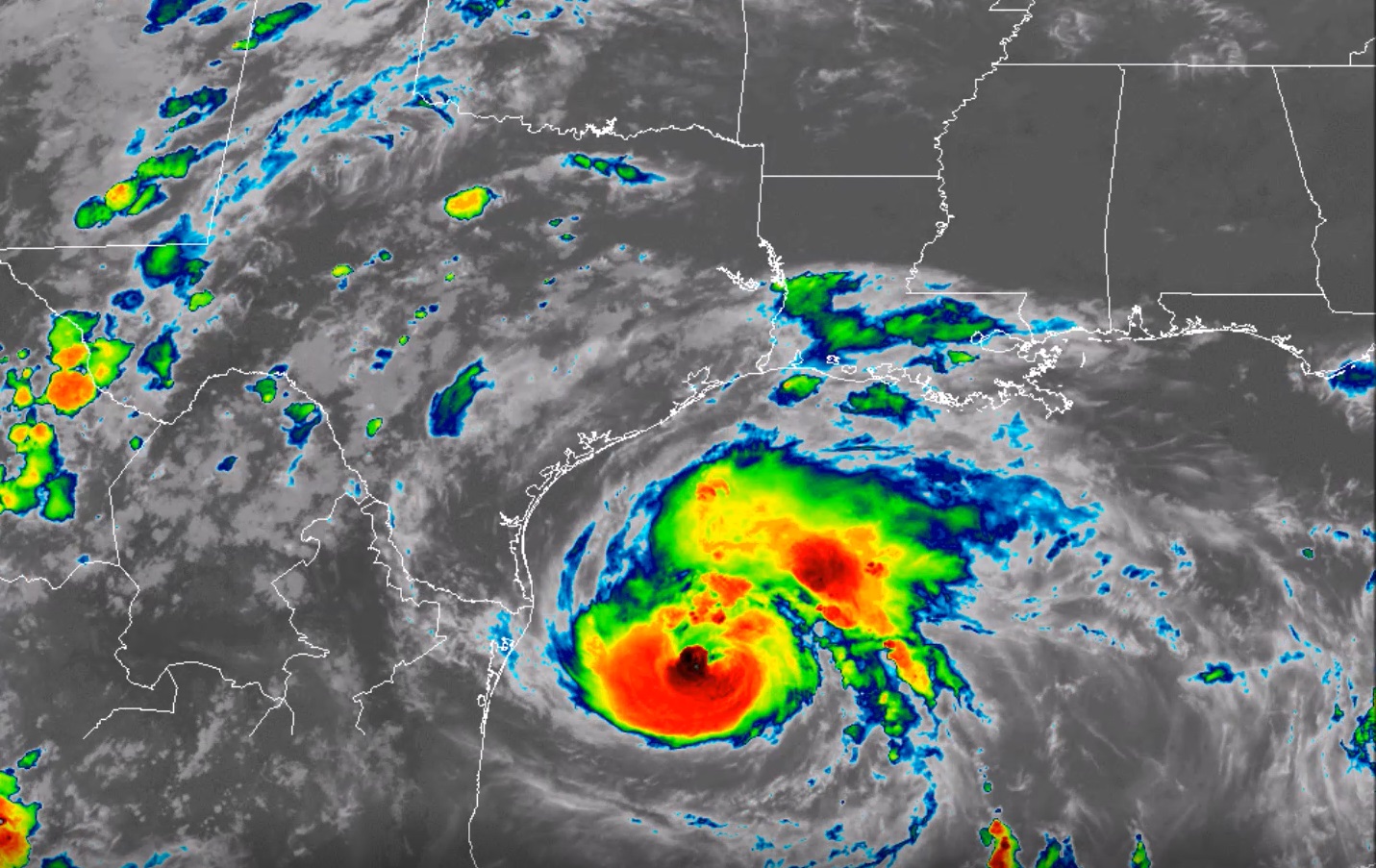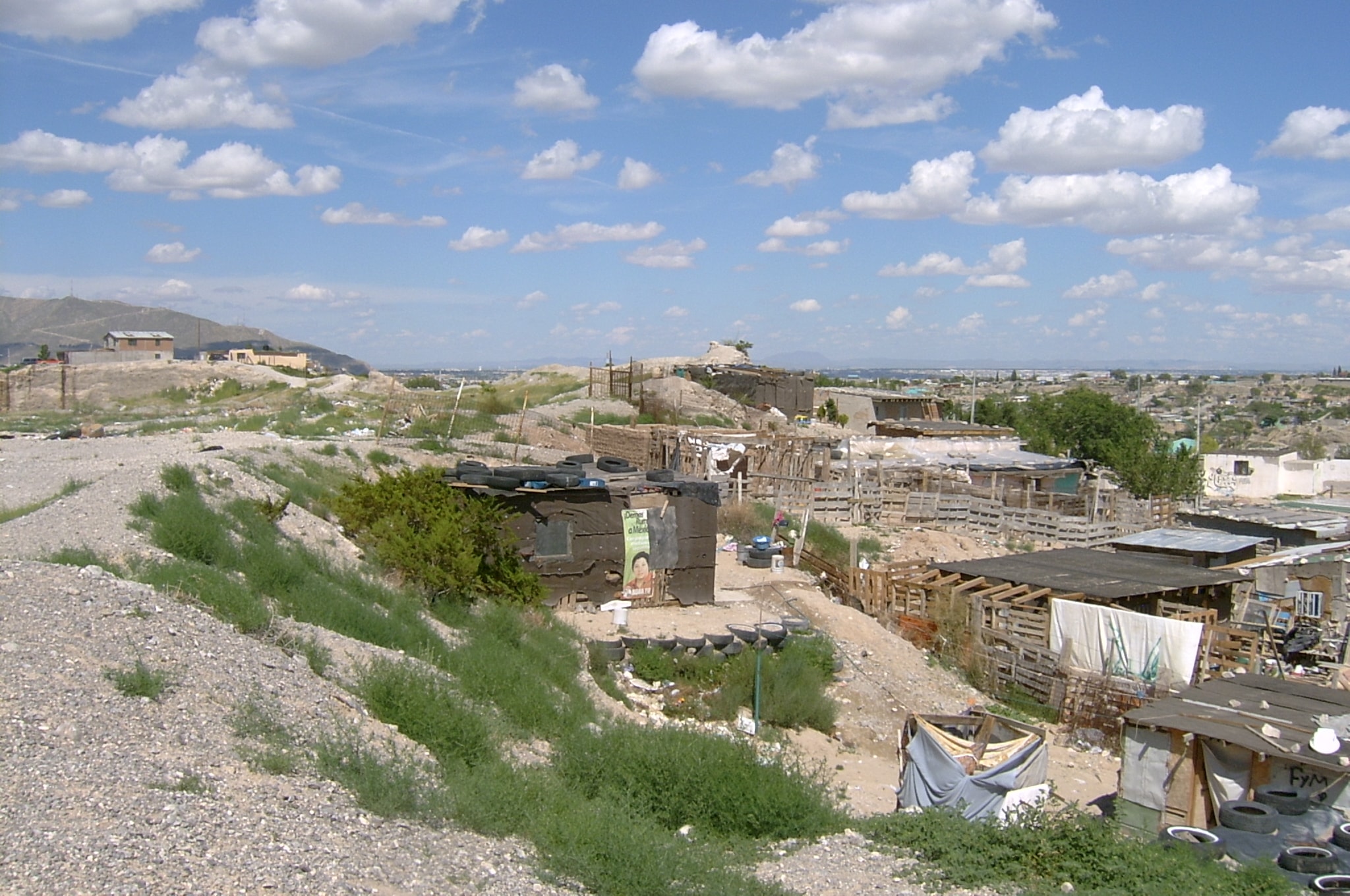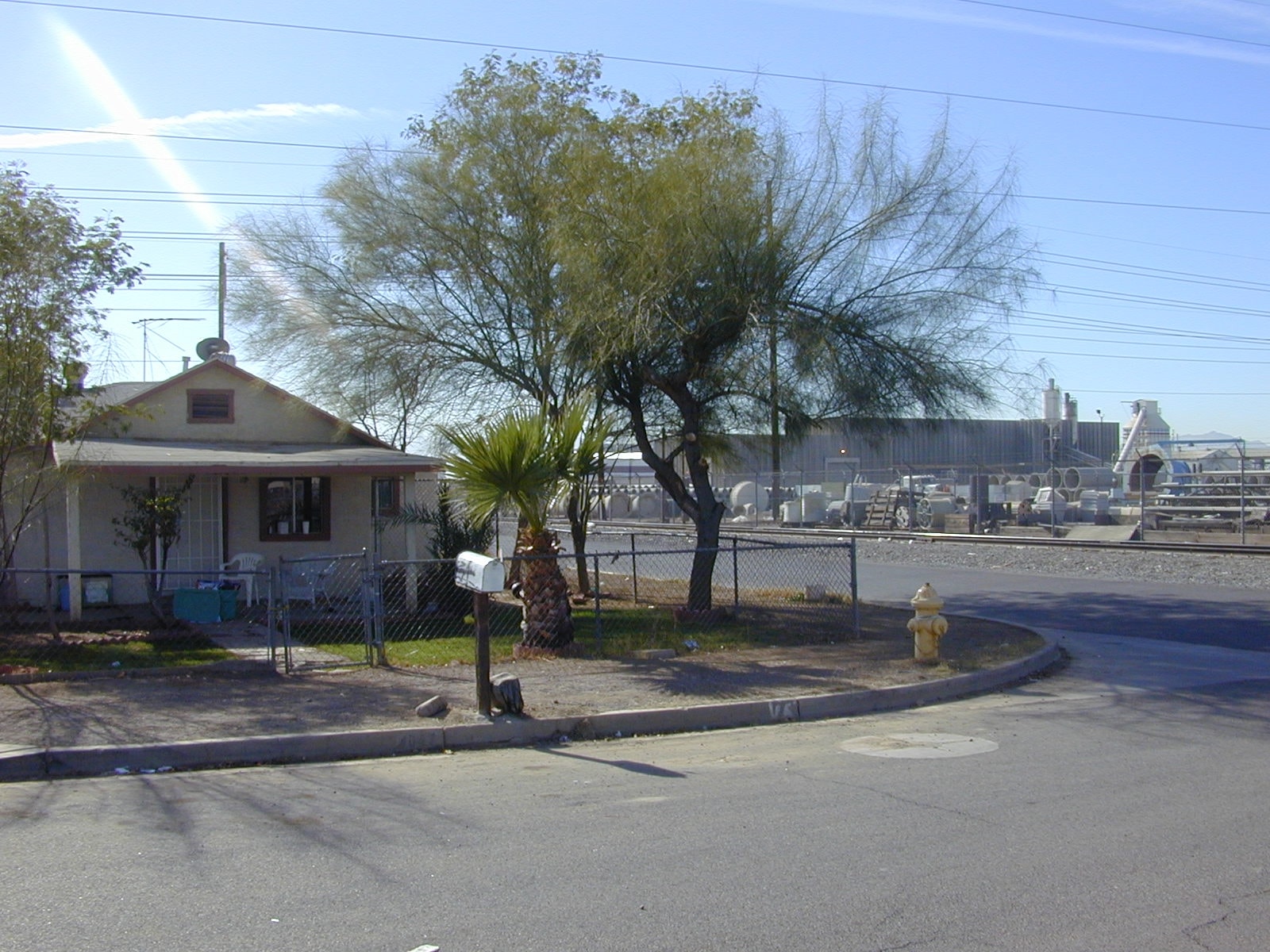AREAS OF RESEARCH
Social vulnerability to hazards and disasters

SOCIAL VULNERABILITY TO HAZARDS AND DISASTERS
We have contributed to knowledge of social vulnerability using multiple research methods. At an individual and household level, using structured survey and semi-structured interview methods, we have conducted studies that have clarified influences on people’s perceptions of hazards as well as the role of social disadvantages in constraining their decision-making about hazards. At broader levels, we have contributed knowledge through quantitative socio-spatial analyses of inequitable risks to multiple types of hazards, including acute and chronic air pollution, coastal and inland flooding, wildfire, extreme hear, and water scarcity. We have also furthered understanding of the “production” or historical-geographical evolution of unequal risks to hazards and disasters based on historical and institutional analyses that employ qualitative research methods. We have conducted research at a national level in the United States, as well as at local and regional levels in the United States, Mexico, and Costa Rica.
incorporating health outcomes into environmental justice

INCORPORATING HEALTH OUTCOMES INTO ENVIRONMENTAL JUSTICE
Environmental justice (EJ) research centers on concerns over the societal distribution of environmental risks and hazards. Quantitative studies have shown that minority and lower income neighborhoods tend to suffer from unequal distribution of hazards across the US. Independent of EJ research, social scientists have demonstrated socio-spatial disparities in adverse health outcomes, with minority and lower income areas experiencing higher rates of morbidity and mortality. Evidence suggests that disproportionate exposure to environmental hazards might be an important cause of disparities in health outcomes, but this question has been left largely unaddressed. Although much EJ research implicitly assumes that unequal environmental exposures produce disparate health impacts, very few EJ studies have tested that assumption. Our research has contributed to this project of integrating health data into EJ studies. We have analyzed data on respiratory health outcomes as well as indicators of neurological development.
intra-ethnic inequalities

intra-ethnic inequalities
Within the field health disparities and to a greater degree within EJ research, there has been a tendency to examine very broad categories of race and ethnicity (e.g., Latino/as). This means that scholars have tacitly assumed a significant degree of homogeneity within minority populations that is not always present. They have thus failed to clarify how racial/ethnic status articulates with other social characteristics in contributing to unequal environmental risks and health disparities. We have helped to unpack “Hispanic” as a monolithic category by demonstrating that it masks substantial within-group heterogeneity in ways that map to intra-ethnic environmental injustices and health disparities. Important axes of difference within the Hispanic population include language proficiency and preference, nativity, country of origin, and socioeconomic status. Stemming from this initial work on Latino/as, we conducted a series of studies related to Asian Americans and environmental health disparities and are now examining intra-ethnic disparities in other racial/ethnic groups.
advancing environmental justice methods

ADVANCING ENVIRONMENTAL JUSTICE METHODS
We have contributed to advances in EJ research by pushing forward methodological innovations and new statistical approaches for studying distributional environmental injustices. Prior to 2010, most multivariate quantitative studies relied on ordinary least squares (OLS) regression, which is poorly suited to spatial data. This is because spatial data sets often exhibit spatial autocorrelation, in which observations tend to be influenced by their neighbors. This means that the error terms from the regression analysis do not satisfy the independence conditions generally required for OLS regression. To address this, we have led methodological changes in the field toward the use of spatial autoregressive models, which can appropriately deal with spatial dependence. More recently, we have been using individual-level data in studies of EJ, which is new, and has necessitated that we introduce techniques not commonly used in EJ research, specifically statistical methods appropriate for missing, clustered and non-normally distributed data, in order to support valid inferences.
broadening the scope of environmental justice research

BROADENING THE SCOPE OF ENVIRONMENTAL JUSTICE RESEARCH
We have also helped broaden the scope of quantitative EJ research by conducting studies in Mexico and by introducing an approach to comparative EJ research focused on hazard characteristics. Limited systematic comparative knowledge exists about patterns of environmental injustices in exposure to varied natural and technological hazards in different geographic contexts. The majority of EJ studies over the past several decades have examined the Global North (US, Canada, Europe) and found that low income and minority residents face disproportionate exposure to industrial hazards. A small body of research suggests that patterns of environmental injustice may be different in the Global South. Therefore, we have conducted a series of studies in Juárez and Tijuana, Mexico and findings point to the importance of urban development trajectories in shaping patterns of environmental injustice. Stemming from this work, we have also sought to expand the scope of EJ research by focusing on comparative work between cities and different types of hazards. We have found that hazard characteristics (e.g., divisibility, frequency, magnitude) shape disparate risk patterns.
